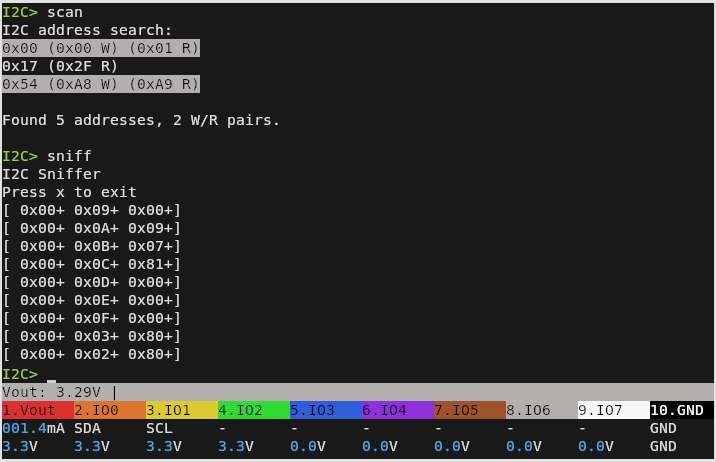One of those useful things to have around on your bench is a decade resistance box, essentially a dial-a-resistance instrument. They used to be quite expensive in line with the cost of close-tolerance resistors, but the prices have come down and it’s within reach to build your own. Electronic design consultancy Dekimo have a nice design for one made from a series of PCBs which they normally give out at trade fairs, but now they’ve released the files for download.
It’s released as Gerbers and BOM with a pick-and-place file only, and there’s no licence so it’s free-as-in-beer [Editor’s note: the license has been updated to CC-BY-SA], but that should be enough if you fancy a go. Our Gerber viewer is playing up so we’re not entirely sure how reliable using PCBs as wafer switches will be long-term, but since the pictures are all ENIG boards we’d guess the gold plating will be much better than the HASL on all those cheap multimeters.
We like this as a conference giveaway, being used to badges it’s refreshing to see a passive take on a PCB artwork. Meanwhile this isn’t the first resistance box we’ve seen with unconventional switches.

















